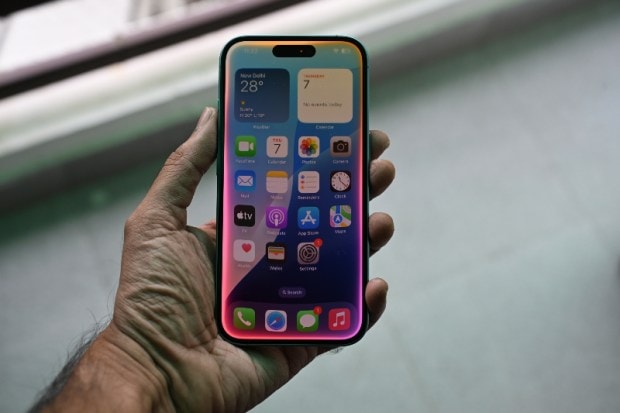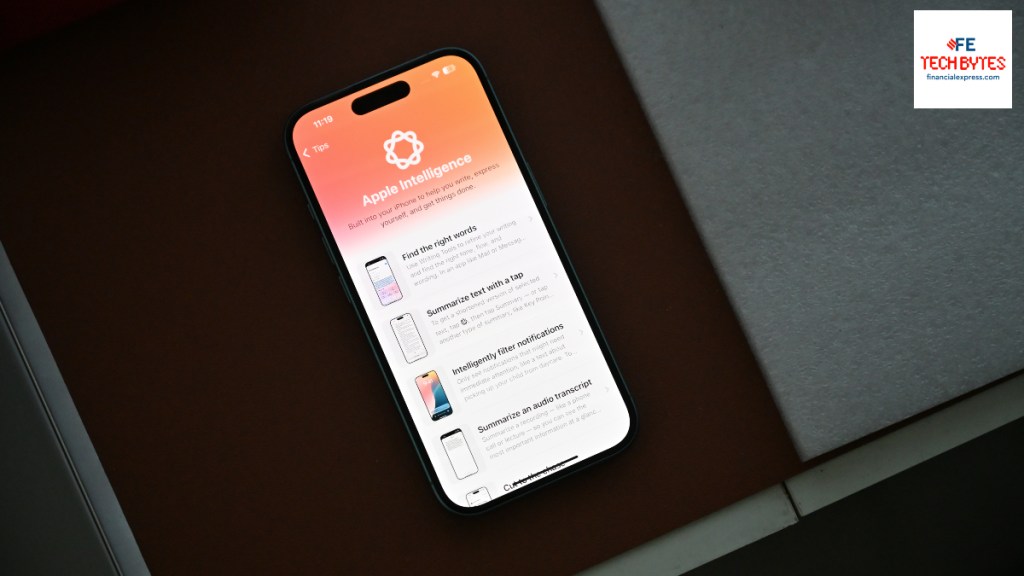Apple Intelligence was announced amid great hype at the Worldwide Developers Conference (WWDC) earlier this year. The Cupertino-based tech giant has spent the greater part of 2024 marketing—and hyping—its potential “game-changer” AI, making it front and centre of almost every major product announcement since then. The new iPhone, iPad, and Mac are all Apple Intelligence-ready even if Apple Intelligence itself isn’t ready for most of them at the time of launch.
Only the new M4 Mac refreshes launched recently—the iMac, Mac Mini, and MacBook Pro 14 and 16—are actually shipping—or they are ready to ship—with the first wave of Apple Intelligence features right out of the gate. It’s a rare blemish in an otherwise solid track record as far as Apple and shipping timelines are concerned. But it only goes to show how different a beast AI is from everything we’ve seen before. Apple’s approach is measured, not rushed—it’s a good thing.
Much like any new technology, AI, too, needs some groundwork. It’s abundantly clear that running large language models requires powerful hardware and more memory bandwidth. Processors for years have had some sort of neural processing, only now, we ask—and companies publicise—how far they can go in terms of clear performance metrics using flashy terms like TOPs or trillions of operations per second. The age of AI is upon us, and like the age of Internet, speed defines everything.
Apple, too, is laying the groundwork for Apple Intelligence as we speak. Time and time again, we say—and even Apple has confirmed this to some extent recently—that the iPhone will forever remain its star product. Everything else it makes—iPad, Apple Watch, Mac and AirPods—while fantabulous in their own right may not receive the same level of success. But what sets Apple apart from everybody else is that when it makes new technology like Apple Intelligence, it doesn’t make it just for the iPhone. The iPad and Mac get the same attention.
Unified hardware, unified power: iPhone 16 and beyond
And the way that things work—and stand at the time of writing—evidently, almost its entire portfolio was or had insufficient hardware to make it fly with Apple Intelligence, perhaps in the way that Apple wanted. The move to replace Intel and transition completely to its own silicon, now, seems like a master stroke. But that’s one bit. There are a lot of other moving parts to this new chapter. Intent is one. The latest and greatest iPhones, iPhone 16 and iPhone 16 Pro, all have the same family of chips for the first time. Yes, one is pro and one is non-pro, but while there may be some edge-case differences (the A18 has one GPU core less than the A18 Pro), remember, the iPhone 14 had virtually the same chip as the iPhone 13 (A15 Bionic with an extra GPU core) whereas the more powerful A16 Bionic was reserved for the iPhone 14 Pro.

I am not disregarding the merits of more cores, they are surely nice to have, but the bigger takeaway is that a non-pro iPhone and pro-iPhone are finally on the same page and you can thank Apple Intelligence for it. The camera control, which could easily have been a “pro” feature, is available on the iPhone 16 as well in part because of Apple Intelligence since it enables a new capability called Visual Intelligence to search for things by simply pointing your iPhone camera at it, sort of like the Google Lens. Last but not the least, Apple Intelligence is the reason why all the new iPhones have 8GB of RAM.
Likewise, the iPad Mini 7 refresh, launched recently, bags the A17 Pro chip from the iPhone 15 Pro models (with one less GPU core) and—to no surprise—8GB of RAM for the same reason.
Premium power meets accessible prices
The biggest beneficiary however, is the Mac. The M4 Mac Mini, iMac, and MacBook Pro 14 and 16, all come with—get this—16GB of RAM from the start, up from the puny 8GB inside previous models. The Mac Mini, in particular, stands out more than any other new Mac since Apple hasn’t hiked the price from last year. The starting price remains Rs 59,900 in India. And while I haven’t tested out the device yet, I can go on a limb and say, it’s easily the most value for money Mac ever launched. Go grab yourself a PS5 or Xbox Series X and you’re all set for work and play without breaking a bank.
The MacBook Air M4 update isn’t out yet. Rumours say, it’s coming next year. While you wait, Apple has gone ahead and updated the existing M2 and M3 MacBook Air with 16GB of RAM at the entry-level (R.I.P. 8GB), without—wait for it—increasing the price. So, if you were on the fence because a decent MacBook Air costs over a lakh now, Apple just brought back so many memories for when these devices were all about affordable premium.
And that’s what’s really the biggest highlight of Apple Intelligence—so far. It’s suddenly made Apple devices with latest technology more accessible to buyers. Apple devices, particularly in the lower-end, have always seemed short-changed in some or the other way. Apple Intelligence—for better or worse—has come as a blessing in disguise, an equaliser if you will, that makes everything look like it’s too good to be true. Even if the feature set—at debut—is far from it. Give it some time. As they say, good things come to those who wait. In the meanwhile, go get some “pro” Apple hardware at not-so-pro prices.







